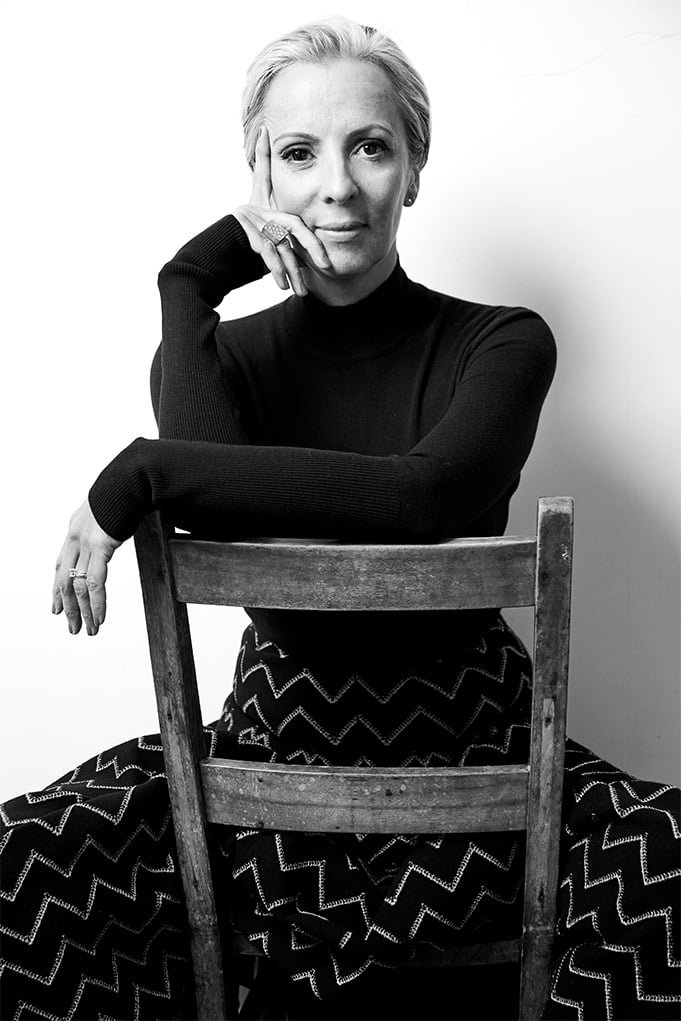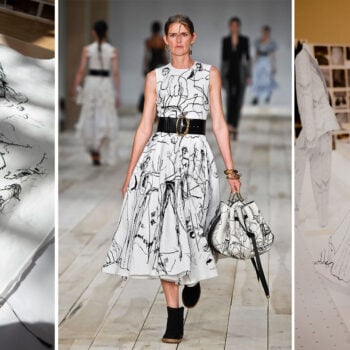The recent S/S 20 show season had its fair share of magical moments. My personal favourites ranged from the truly incredible Dries Van Noten/Christian Lacroix collaboration to Simone Rocha’s mesmerising presentation, inspired by Irish Wren boys, and Sarah Burton’s outstanding collection for Alexander McQueen, which showcased extraordinary craftsmanship overlaid with a heart-stopping sense of haunting drama. And then there was the breathtaking beauty of Mary Katrantzou’s show, held at the Temple of Poseidon, which reminded us how fashion at its best can be a truly transporting experience as well as a catalyst for good. But the biggest takeaway of all was that fashion is now collectively at a crucial juncture concerning the challenge of how to make the industry a more sustainable, cleaner and climate-friendly place. With luxury behemoths Kering and LVMH outlining how they’re pledging to take action, to individual designers such as Gabriela Hearst with her carbon-neutral show and Stella McCartney using her platform to call for the industry to join her in making sustainable fashion a must, not a choice, in their design process, the season was punctuated with moments that helped drive the conversation forward. Perhaps the greatest impact, however, came from16-year-old activist Greta Thunberg who, even while the shows were taking place, gave a brutally honest and stirring speech to world leaders at the UN summit, calling for actions rather than words. In short, it’s pretty clear that seismic changes regarding this issue need to happen, and they need to happen now.











